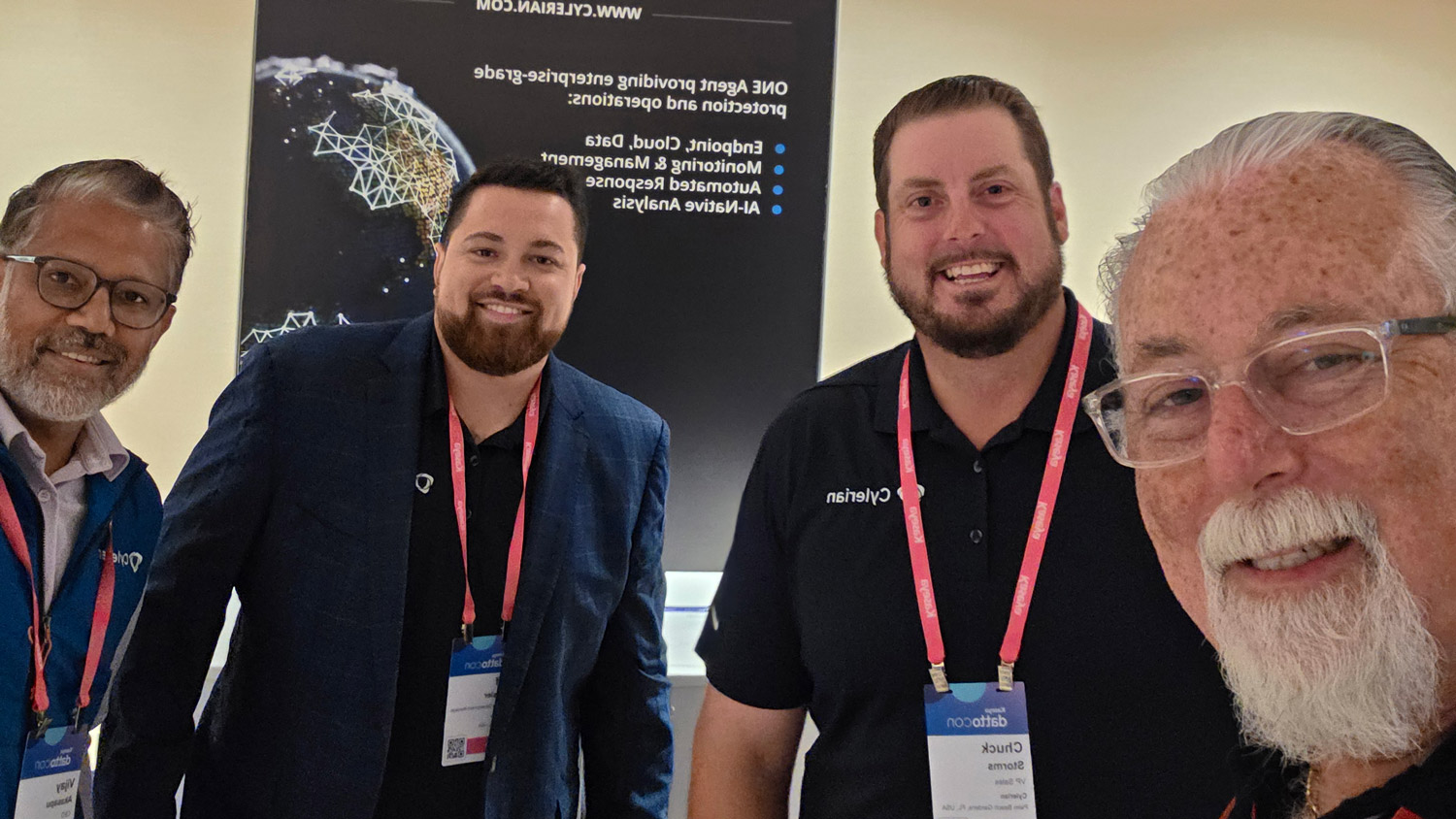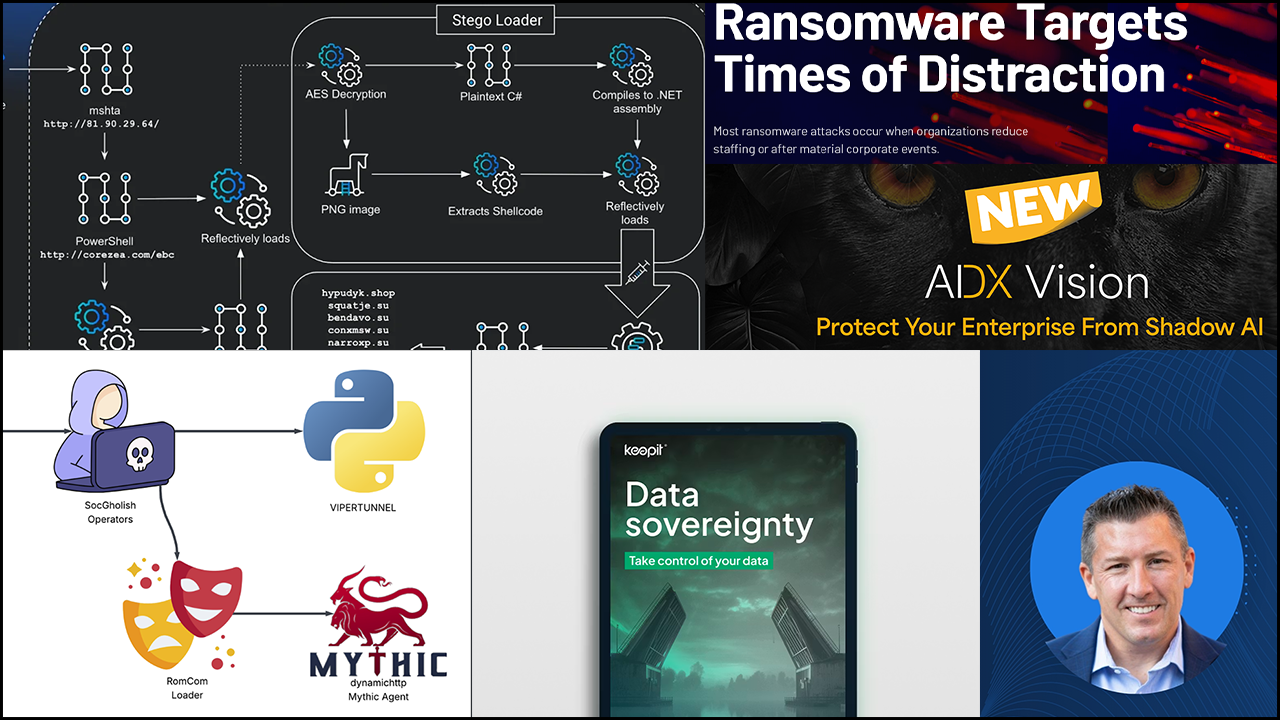HYBRID AND REMOTE WORK arrangements are here to stay, with 92 million Americans reporting they had the option to work from home in 2022. As a result, in-house IT teams are increasingly tasked with constructing, managing, and securing multicloud or hybrid environments necessary to facilitate remote work.
While multicloud environments aren’t necessarily more difficult to secure, they do require a shift in strategy—one that many organizations lack the skills and resources to properly execute. Given that the cybersecurity skills gap significantly worsened in 2022, with the shortfall of qualified cybersecurity specialists rising 26.2% year over year, according to the (ISC)2 2022 Cybersecurity Workforce Study, the challenge is daunting. On top of that, as the year drew to a close, the tech unemployment rate fell to approximately 1.8%, further exacerbating security skills deficits.
Internal IT teams are overstretched and understaffed, and the complexity of normalizing telemetry from on-premises infrastructure and public clouds on top of other sources (like email and mobile devices) is causing considerable strain.
While this is a significant challenge for organizations, it represents a prime opportunity for managed service providers. By partnering with vendors that offer advanced threat detection and cybersecurity expertise, MSPs can secure and monitor every corner of an organization’s network environments during and after multicloud transitions. This critical support helps organizations fill skills gaps, secure assets, and move beyond survival to truly thrive in the new hybrid work reality.
Unique Demands of Multicloud and Hybrid Environments
Organizations face a number of challenges in migrating workloads to multicloud. Most public clouds follow a shared responsibility model, meaning the vendor will secure the physical infrastructure, but organizations must still secure the workloads, processes, applications, and data in their cloud environment.
Simply maintaining visibility into all this inventory is a major task. IT teams need to be aware of every new resource an end user spins up across the organization, lest a vulnerability slip through and expose the environment to attackers. In addition, teams must monitor for overprivileged access, spend anomalies, and other potential security risks—all while engaging in proactive threat hunting to counter attacks before they occur.
Further, these practices must be carried out not just across the public cloud, but within any private cloud or on-prem environment. Breaches and malware attacks don’t happen at the convenience of the end user, so telemetry data from all these sources must be stored in a data lake, normalized, and continuously analyzed 24/7/365.
Few organizations have the resources to hire a team of public cloud and security specialists capable of delivering this level of coverage. That’s where MSPs come in—filling gaps with the help of an expert vendor partner. A vendor with extensive experience can take advantage of economies of scale to develop best practices for multicloud security across industries and clients. This enables MSPs to access efficiencies that would be out of reach for even the most well-resourced organizations.
By leveraging vendor expertise and best-in-class security solutions, MSPs can deliver higher network visibility and round-the-clock defenses to clients. In turn, these organizations can more effectively optimize cloud spend, ensure compliance, and accelerate their overarching strategic and revenue goals.
3 Ways MSPs Bring Value
In an intensifying cyberthreat landscape, managed services are a critical line of defense for organizations. Clients with multicloud or hybrid cloud environments can especially benefit from MSP expertise and solutions as they secure their inventories and optimize workflows to accommodate remote work.
In particular, here are three ways you can best support your clients during and after their multicloud transition.
- Act as a strategic guide. Organizations reconfiguring their cloud environment need a comprehensive multicloud strategy to ensure the safety and efficiency of their assets. Guide your clients through a multifaceted strategy that includes real-time inventory of servers and network infrastructure (even old servers can be compromised) and thorough resource management. Other areas of focus include continuous network monitoring for security gaps and areas for workload optimization, as well as metrics for analyzing and reducing cloud spend.
- Leverage managed detection and response (MDR). To keep up with evolving threats, include MDR as a core service offering to your clients. MDR provides 24/7/365 threat hunting, detection, and response capabilities that identify and neutralize attacks before they inflict lasting damage. Look for MDR vendors that can consolidate and analyze telemetry from all network sources and deliver solutions across any endpoint, cloud environment, security technology, or infrastructure.
- Find a vendor with public cloud experience. Vendors with extensive industry knowledge and threat expertise have honed reproducible best practices for multicloud security. Look for vendors with demonstrated public cloud experience—they’ll be able to quickly flag potential network threats, like spend anomalies or users with unauthorized privileges. Expert vendors can also help you shift and optimize the workloads hosted in the public cloud and quickly correct security and compliance risks.
Cybersecurity skills shortages and complex threats will continue to strain IT and security teams as they adjust to the needs of remote work. MSPs are vital resources and partners in this ongoing effort. By leveraging expert vendors and delivering best-in-class security solutions, you can provide ongoing support and security for your clients’ multicloud and hybrid environments—no matter their unique implementation.
SCOTT BARLOW is vice president of Global MSP and Cloud Alliances at Sophos.













